Tutorials
| Name | Affiliation | Title |
|---|---|---|
| Dipl.-Ing. Kerstin Altmanninger | Johannes Kepler University Linz, AUSTRIA | Issues and Challenges in Model Versioning |
|
David Taniar Clement H.C. Leung Wenny Rahayu Sushant Goel |
Monash University Victoria University La Trobe University TTG Transportation Technology, AUSTRALIA |
Advances in High Performance Database Technology |
|
Dr. Luke L. Chen Dr. Jit Biswas |
University of Ulster, UNITED KINGDOM Institute of Infocomm Research (I2R), SINGAPORE |
An Introduction to Ontology-based Activity Recognition |
|
Hui Ma Klaus-Dieter Schewe Bernhard Thalheim |
Victoria University of Wellington, Information Science Research Centre, NEW ZEALAND Christian Albrechts University Kiel, GERMANY |
Web Information Systems Design in the Era of Web 2.0 and Beyond |
Issues and Challenges in Model Versioning
|
Dipl.-Ing. Kerstin Altmanninger Department of Telecooperation Johannes Kepler University Linz Altenberger Strasse 69, 4040 Linz, Austria Email: kerstin.altmanninger_AT_jku.ac.at WWW: http://www.tk.uni-linz.ac.at Slides: Tutorial_KerstinAltmanninger.pdf |
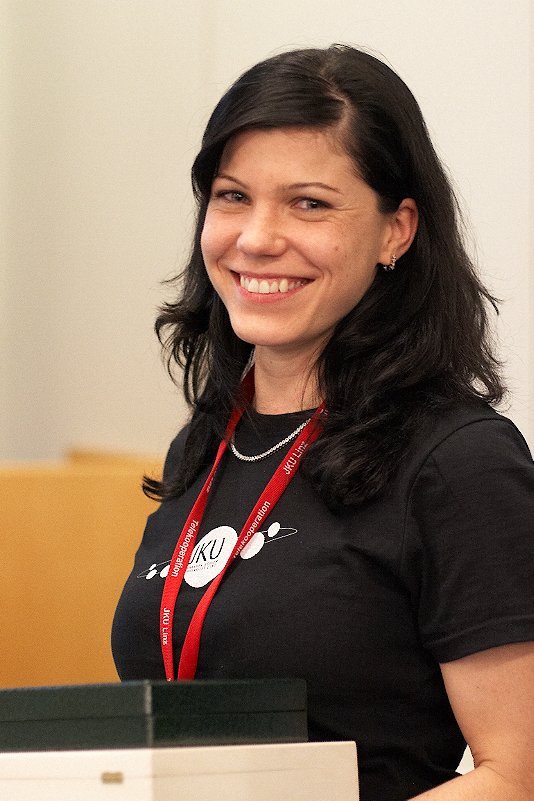
|
Abstract
For almost four decades, Version Control Systems (VCSs) are an indispensable part of the infrastructure necessary for an effective software development process.
VCSs mainly target three different aims. First, they enable users to keep historical versions of their files and directories under development and to retrieve past versions.
Therefore, they store version information for every file in a collection, so-called repository.
Second, VCSs support mainly asynchronous collaboration between users, and third, they manage different development branches (e.g., different releases of a software product).
Hence, merging techniques for parallel-evolved versions or branches are indispensable for VCSs.
The objectives of this tutorial are first to give a comprehensive overview of collaboration features of VCSs for software engineering artifacts in general,
with a focus on three-way merging.
Second, to discuss the state-of-the-art of systems for model artifacts, and finally, to list urgent challenges,
which have to be considered in future model versioning systems for realizing model-driven engineering in practice.
Short Biography
Kerstin Altmanninger is a research and teaching assistant at the Department of Telecooperation at the Johannes Kepler University Linz, Austria.
She received her master degree in Computer Science in 2006.
From April 2006 to February 2007 she was working in the project "ModelCVS: A Semantic Infrastructure for Model-based Tool Integration".
Now she is evolved in the preceding project "AMOR – Adaptable Model Versioning".
In this context she is doing her PhD since 2006, entitled "Models in Conflict – A Semantically Enhanced Version Control System (VCS) for Model Artifacts".
Her research interests focus on the area of model engineering in general, and on Version Control Systems (VCSs), model merging, and model transformations in particular.
|
David Taniar Clayton School of Informatio Technology Monash University, Australia Email: David.Taniar_AT_infotech.monash.edu.au WWW: http://users.monash.edu.au/~dtaniar |

|
|
Clement H.C. Leung Victoria University, Australia Hong Kong Baptist University, Hong Kong Email: clement.leung_AT_gmail.com |

|
|
Wenny Rahayu Department of Computer Science and Computer Engineering La Trobe University, Australia Email: W.Rahayu_AT_latrobe.edu.au WWW: http://www.latrobe.edu.au/cs/staff/profiles.php?id=18 |
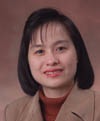
|
|
Sushant Goel Software Consultant TTG Transportation Technology, Australia Email: Sushant.Goel_AT_ttgtt.com.au |
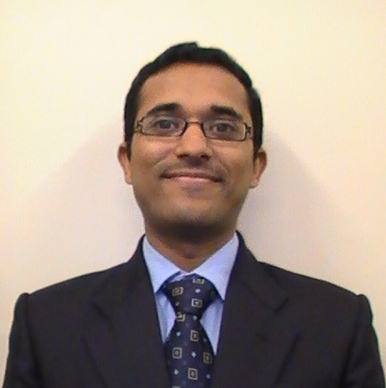
|
| Slides: Tutorial_DavidTaniar.pdf | |
Abstract
This tutorial will be based on our recently published book, High-Performance Parallel Database Processing and Grid Databases (John Wiley & Sons, 2008). The sizes of databases have seen exponential growth in the past and such growth is expected to accelerate in the future, with the steady drop in storage cost accompanied by a rapid increase in storage capacity. To effectively manage such volumes of data, it is necessary to allocate multiple resources to it, very often massively so. The processing of databases of such astronomical proportions requires an understanding of how high performance systems and parallelism work. Besides the massive volume of data in the database to be processed, some data has been distributed across the globe in a Grid environment. This important new book provides readers with a fundamental understanding of parallelism in data-intensive applications, and demonstrates how to develop faster capabilities to support them. It features not only the algorithms for database operations, but also quantitative analytical models, so that performance can be analyzed and evaluated more effectively.
Short Biography
David Taniar is Associate Professor at Monash University, Australia. He is the founding editor-in-chief of Mobile Information Systems journal (IOS Press, The Netherlands).
Clement H.C. Leung holds the Foundation Chair in Computer Science at Victoria University, Australia. Professor Leung previously held an Established Chair in Computer Science at the University of London.
Wenny Rahayu is Associate Professor at La Trobe University, Australia, and actively works in the areas of database design and implementation, covering object-relational databases and web/XML databases.
Sushant Goel is a software consultant and holds a PhD in computer systems engineering from RMIT University, Australia. His research interests are in grid transaction management and software development processes, such as agile computing.
An Introduction to Ontology-based Activity Recognition
|
Dr. Luke L. Chen School of Computing and Mathematics University of Ulster United Kingdom Email: l.chen_AT_ulster.ac.uk Tel: +44 28 90368837 |

|
|
Dr. Jit Biswas Institute of Infocomm Research (I2R) Singapore |
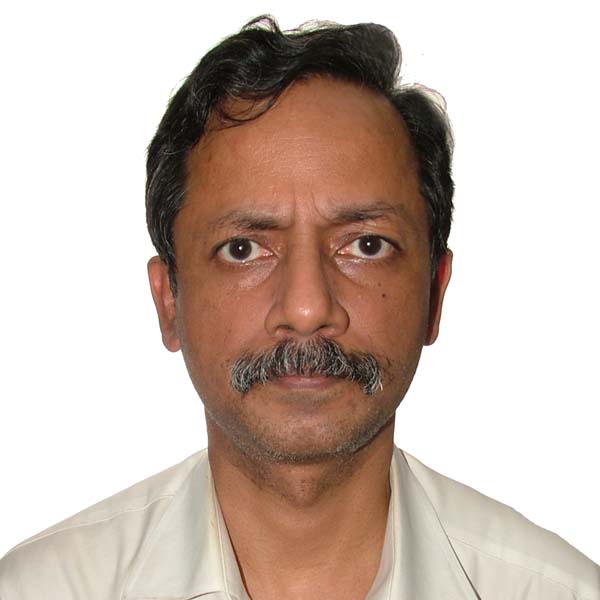
|
| Slides: Tutorial_LukeChen.pdf | |
Abstract
With the advance and prevalence of low-cost, low-power computing devices it is becoming increasingly clear that we are going to work and live in intelligent environments
in the very near future.
An intelligent environment is a physical space, e.g. an office, a hospital, a home or a car, wherein miniature computing devices perceive, monitor,
and interact with the environments and human users within them.
This insight and vision has provoked considerable research leading to a number of emerging research areas, such as mobile computing, ubiquitous/pervasive computing,
sensor network and ambient intelligence. There has also been substantial progress on the conceptualization and design of innovative application scenarios,
technological infrastructure and system prototypes.
For example, a compelling real-world intelligent environment is "Smart Homes" – an augmented home environment within which the daily activities of its inhabitants,
usually the elderly or disabled, are monitored and analysed so that personalized context-aware assistances can be provided.
A central research issue about the applications of intelligent environments is activity recognition,
i.e. to identify what users perform based on the sensor observations of the environment.
Only when users' activities are recognised, can application systems or devices support the users to accomplish their intended activities in an optimal way,
e.g. to predict next actions, to suggest required resources, to explain the situation or to help users by taking actions through actuators.
As such, activity recognition has attracted increasing attention from a diversity of research communities, and numerous methods have been studied and experimented,
notably the data-centred data mining approach using probabilistic analysis and machine learning.
This tutorial aims to introduce an ontology-based approach to activity recognition.
It will first have a brief look at current methods and practices on activity recognition.
Then it will analyse the nature and characteristics of intelligent environments and user behaviours.
Based on this analysis the tutorial will argue the necessity of an ontology based approach,
in particular, the benefits of exploiting domain knowledge for activity modelling and reasoning.
Following this we shall discuss the core components and enabling technologies that underpin the approach, and a system architecture for its realisation.
To demonstrate the approach, the tutorial will be accompanied with examples and screenshots from our work on modelling and assisting activities of daily living in Smart Homes.
Short Biography
Luke Liming Chen is a lecturer at the School of Computing and Mathematics, University of Ulster, UK. He received his BSc and MSc in Computer Science from Beijing Institute of Technology, China, and the PhD in Artificial Intelligence from De Montfort University, United Kingdom. His current research interests include the semantic technologies, ontology enabled knowledge management, intelligent agents, semantic sensor networking, activity computing, assistive technologies and their applications in Smart Homes and intelligent environments. He has published extensively in internationally recognised conferences and Journals and serves as a member of programme committee for a number of international conferences.
Jit Biswas is a Senior Scientist in the Networking Protocols Department at the A*Star Institute of Infocomm Research (I2R), Singapore, where he is Principal Investigator of the AIHEC (Ambient Intelligence for Home-based Elderly Care) project, which is a core project in the Healthcare and Wellbeing related AIM program. Dr. Biswas started out his R&D career in the fields of Parallel and Distributed computing and went on to Computer Networking. In his current research, Dr. Biswas focuses on Activity Recognition and Behavior Understanding, as applied to elderly care. He is also PI of several ongoing projects on services and applications for eldercare, collaborating with hospitals and nursing homes for the purpose of deploying and testing new ways of monitoring and taking care of the elderly. His recently concluded projects include agitation monitoring for dementia patients using ambient sensors (with Alexandra Hospital, Singapore) and data fusion and feature extraction for sleeping posture determination and bedsore prevention (with ITRI, Taiwan). Dr. Biswas has a bachelors degree in Electrical and Electronics Engineering from Birla Institute of Technology and Science, India, a Diploma in Industrial Engineering from NITIE, India and a Ph.D. degree in Computer Science from the University of Texas at Austin, USA.
Web Information Systems Design in the Era of Web 2.0 and Beyond
|
Hui Ma School of Engineering and Computer Science Victoria University of Wellington New Zealand Email: Hui.Ma_AT_ecs.vuw.ac.nz |

|
|
Klaus-Dieter Schewe Information Systems Information Science Research Centre New Zealand Email: kdschewe_AT_acm.org |
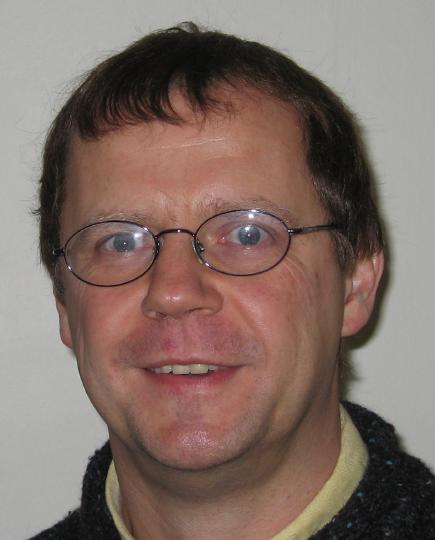
|
|
Bernhard Thalheim Institute of Computer Science Christian Albrechts University Kiel Germany Email: thalheim_AT_is.informatik.uni-kiel.de |
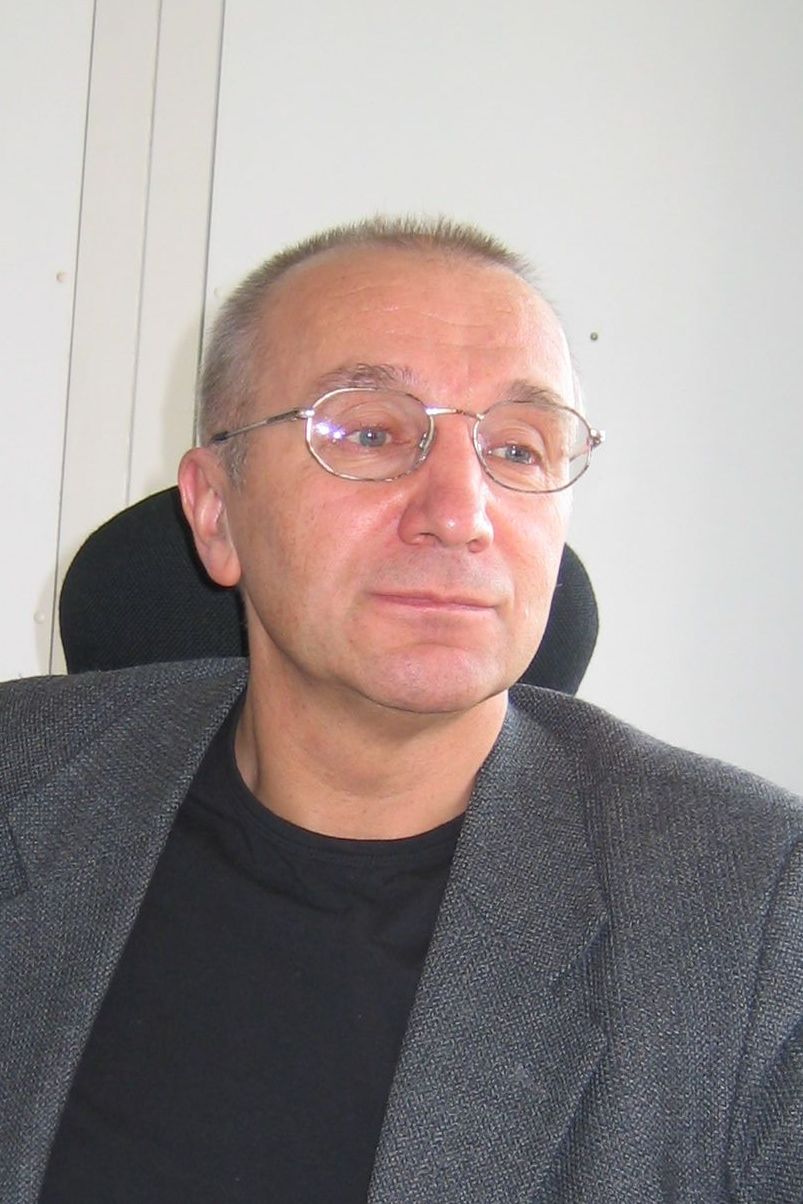
|
| Slides: Tutorial_KlausDieterSchewe.pdf | |
Abstract
The current transition from Web 1.0 to Web 2.0 is not so much a change of the world wide web itself, but a change of usage.
While Web 1.0 is mainly provider-driven, Web 2.0 is user-driven and content-centred.
This also implies a fast change of content turning the web from a rather static medium into an active communication medium.
Furthermore, the web is subject to even more changes emphasising content, commerce, community and context, personalization,
and vertical search, which is branded as the next generation Web 3.0.
In this situation the design of Web Information Systems (WISs) requires adaptations to the new developments, if not completely new methods.
The tutorial wants to show that the co-design method for WISs did already support many of the features required in Web 2.0 applications.
This is particularly stressed by the focus of user contributions to a community or service and the incorporation of collaboration.
It will further outline, how the method has to be extended to be fully functional as a Web 2.0 applications development method.
The tutorial comprises three parts, the first one dealing with the transition from Web 1.0 to Web 2.0 and beyond,
the second one dealing with the co-design methodology with particular emphasis on service orientation,
personalisation and contribution to communities, and the final one devoted to the composition of services and collaboration.
Part I will give a brief description of three stages that websites have gone through and still will go through:
author-driven Web 1.0, user-driven and content-centred Web 2.0, and Web 3.0, which is characterised by (4C+P+VS),
where 4C means Content, Commerce, Community and Context, P means Personalization, and VS denotes Vertical Search.
In particular, Enterprise 2.0, cloud computing, mashups and Web-Oriented architecture are discussed in detail in order to
show the problems in WIS development and the need for WIS development methods.
Part II presents the major blocks of our WIS development methodology dealing with strategic modelling of WISs,
usage modelling of WISs by means of storyboarding, conceptual modelling of WISs by means of media types, and semantics and pragmatics of storyboarding.
Particular attention is paid to services and contributions to communities.
Part III focuses on service composition and collaboration showing how the WIS co-design techniques presented in Part II can be adopted to solutions
to various Web2.0 applications including E-Business, Enterprise 2.0, Mashups, thus picking up on the challenges that were highlighted in part I.
Short Biography
Hui Ma received a BE in Civil Engineering from Tongji University, China in 1989, a BInfSci (Honours) and a MInfSci in Information Systems from Massey University, New Zealand in 2002 and 2003, respectively, and a Ph.D. in Information Systems from Massey University in 2007. Since 2008 she is Lecturer in Software Engineering at the School of Engineering and Computer Science at Victoria University of Wellington, New Zealand. Her major research interests are distributed databases, web engineering, service-oriented systems and cloud computing, and geographical Information Systems.
Klaus-Dieter Schewe studied mathematics and computer science at the University of Bonn (Germany). In 1985 he received his Ph.D. in Mathematics from Bonn University. From 1985 to 1990 be worked with large industrial companies in the fields of Artificial Intelligence, Software Engineering and Office Information Systems. Returning to Hamburg University in 1990 he worked on Formal specifications and semantics and Database Theory. In 1995 he received the Habilitation (= D.Sc.) in Theoretical Computer Science from the Brandenburgian Technical University at Cottbus (Germany). From 1994 to 1999 he worked at the Computer Science Department of the Technical University Clauthal. From 2000 to 2008 he was Chair of Information Systems at Massey University in New Zealand. Since 2003 he is also the Director of the Information Science Research Centre. Since his habilitation his major fields of interest are Formal specifications and semantics, Logic in Computer Science, Database Theory, Distributed Object Bases and Design of Integrated Information Systems, in particular Web Information Systems.
Bernhard Thalheim studied mathematics and computer science at the Technical University Dresden and then at Moscow State University Lomonossov, from which he received a Ph.D. degree in 1979. Back in Germany he completed his Habilitation (= D.Sc.) in Theoretical Computer Science at the Technical University Dresden in 1986. After that he held full professor positions at Rostock University and the Brandenburgian Technical University at Cottbus. Since 2003 he is Chair for Databases and Information Systems at Christian Albrechts University Kiel. His major research interests are Database Theory, Logic in Computer Science, Design Methodologies for Integrated Information Systems, in particular Web Information Systems, and Database Component Ware.
